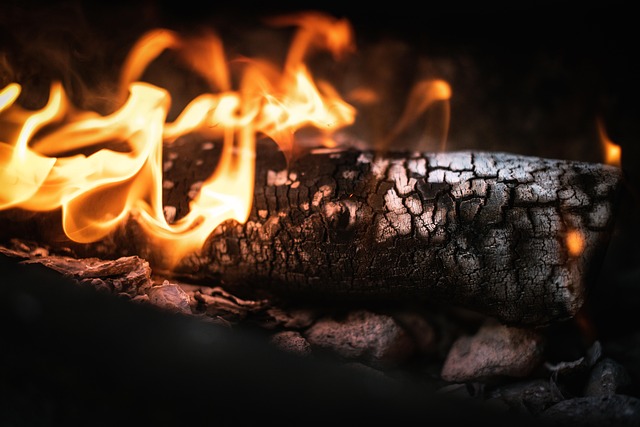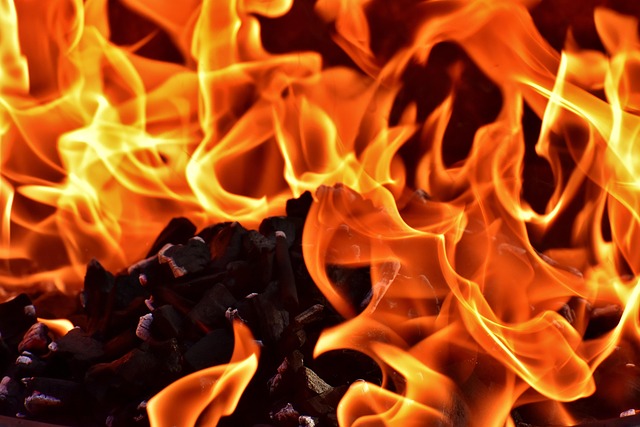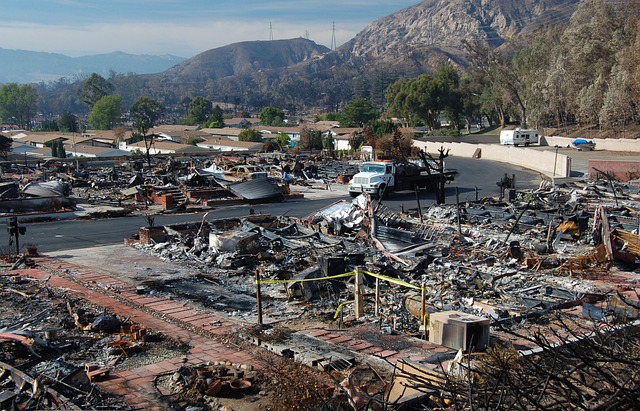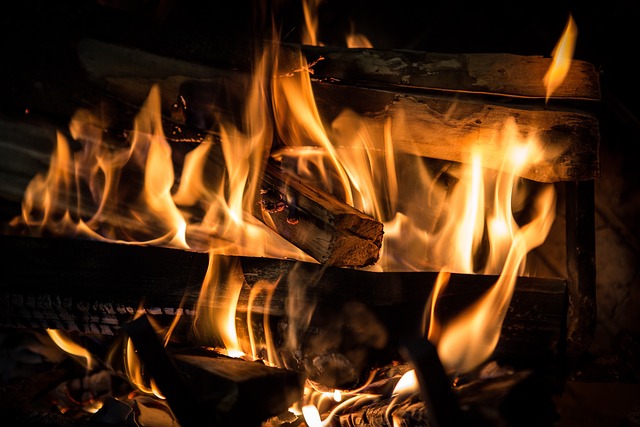Selling a house with fire damage in California requires a strategic, multifaceted approach. It involves thorough post-fire property valuation considering both structural integrity and market trends, documented insurance claims, understanding homebuyer perceptions, adhering to legal disclosures, and meticulous restoration for maximum resale value. Real estate professionals play a crucial role in navigating this complex process, ensuring fair sales and attracting buyers who appreciate the potential for renewal.
After a devastating fire, assessing and valuing property becomes a complex process. This article guides homeowners and real estate professionals navigating post-fire property valuation in California. We explore key factors like identifying fire damage, understanding insurance claims’ impact, and market trends affecting home buyers’ perceptions. Additionally, we delve into legal considerations and strategies for restoring and preparing homes to maximize resale value following such a traumatic event.
- Understanding Post-Fire Property Valuation in California
- Assessing Fire Damage: What to Look For
- The Role of Insurance Claims in Property Valuation
- Market Trends and Home Buyers' Perception of Fire Damage
- Legal Considerations for Selling a Fire-Damaged House
- Restoring and Preparing Your Home for Maximum Resale Value
Understanding Post-Fire Property Valuation in California

In California, post-fire property valuation for homes suffering from fire damage involves a complex process that considers both structural integrity and market trends. After a fire, a property’s value can significantly decrease due to visible and invisible damage, necessitating a thorough assessment. Professionals specializing in this field examine not just the physical repairs needed but also the impact on the local real estate market. This includes analyzing comparable sales of similarly affected properties and understanding the region’s recovery trajectory.
Selling a house with fire damage in California requires a strategic approach. Appraisers will document every aspect of the damage, from charred walls to smoke-damaged ceilings. This detailed report is crucial for insurance claims and negotiating sales prices. While the process may seem daunting, a well-prepared property, complete with documented repairs, can attract buyers who appreciate transparency and the potential for renewal.
Assessing Fire Damage: What to Look For

When assessing fire damage in a property, especially after putting a house up for sale in California, it’s crucial to look beyond the visible smoke and scorch marks. Insurers and appraisers need to evaluate the extent of the damage to determine repairs needed and potential reduction in value. Look for signs of charred walls, melted insulation, damaged electrical wiring, or blackened ceilings and floors. These indicators suggest intense heat exposure that could impact structural integrity and safety.
Additionally, consider the property’s overall layout and functionality. Fire can cause hidden damage, such as warped floorboards, compromised load-bearing walls, or water damage from fire suppression systems. Assessing these factors is vital in accurately determining a property’s post-fire value during the selling process in California.
The Role of Insurance Claims in Property Valuation

After a fire, homeowners in California often find themselves navigating complex property valuation processes when considering to sell their damaged properties. Insurance claims play a pivotal role during this time, as they provide a crucial financial framework for assessing post-fire values. When selling a house with fire damage, insurance adjusters conduct thorough inspections to document the extent of losses, which becomes the basis for settlement amounts.
These claims reports detail repairs needed, replacement costs for damaged or destroyed items, and potential depreciation effects from the incident. Real estate agents and appraisers utilize this information to compare against similar properties in the area that have recently sold, helping to determine a fair market value. Understanding the interplay between insurance claims and valuation is essential for California homeowners looking to sell properties affected by fires, ensuring they receive just compensation for their losses.
Market Trends and Home Buyers' Perception of Fire Damage

After a fire, understanding market trends and home buyers’ perceptions is crucial for accurate post-fire property valuation in California. Despite the devastating impact, fires often leave behind valuable real estate that can be restored. In recent years, California has experienced a surge in fire activity due to climate change and dry conditions, leading to increased demand for properties with fire damage. This is counterintuitive as most homeowners and buyers fear fire-prone areas, but the recovery efforts and government incentives have prompted some to view these damaged homes as potential investments.
Homebuyers’ perceptions play a significant role in the selling process. Many buyers initially shy away from houses with visible signs of fire damage, considering them high-risk investments. However, when properly disclosed and presented, buyers can appreciate the resilience of the property and its potential for renovation or rebuilding. Real estate agents in California must be adept at marketing these properties, highlighting the benefits of buying a home that has been through a challenging period but offers opportunities for renewal and a fresh start.
Legal Considerations for Selling a Fire-Damaged House

When selling a house with fire damage in California, understanding legal considerations is paramount. The state has specific regulations and guidelines for disclosing and remediating fire damage to ensure the safety and well-being of future homeowners. Sellers must disclose any known issues related to the fire damage, including structural integrity concerns, potential health hazards from smoke or water damage, and ongoing remediation efforts. Failure to do so can result in legal repercussions, such as lawsuits for fraud if buyers discover undisclosed problems after purchasing the property.
In California, sellers are often required to obtain a “no fault” certificate from a qualified inspector, confirming that the house meets safety standards following a fire. This document is crucial when selling a house with fire damage, as it can help streamline the transaction and reduce potential liability for both parties. It’s essential to consult with real estate professionals and legal experts familiar with California’s post-fire property valuation laws to ensure compliance throughout the selling process.
Restoring and Preparing Your Home for Maximum Resale Value

After a fire, the immediate focus is on safety and survival, but eventually, the task of restoring and preparing your home for sale becomes paramount, especially in competitive markets like California. The goal is to maximize resale value while ensuring your property stands out amidst similar listings. A thorough assessment by a qualified professional is crucial to understanding the extent of fire damage and identifying areas that require renovation or repair.
Start with a detailed inspection to create a comprehensive repair plan. Prioritize repairs based on both structural integrity and aesthetic appeal. Address any visible smoke or water damage, replace damaged fixtures and finishes, and consider updating outdated elements to meet current market trends. A well-planned renovation can transform a fire-damaged home into a desirable property, attracting buyers who are willing to invest in a space with potential.
When navigating the complexities of selling a house with fire damage in California, understanding the intricate process of post-fire property valuation is key. This comprehensive guide has illuminated various aspects, from assessing damage to legal considerations and market trends. By leveraging insurance claims, restoring properties, and considering buyers’ perceptions, homeowners can strategically prepare their homes for optimal resale value. Remember, a thorough approach to post-fire valuation ensures fairness both for sellers and buyers in the competitive California real estate market.






